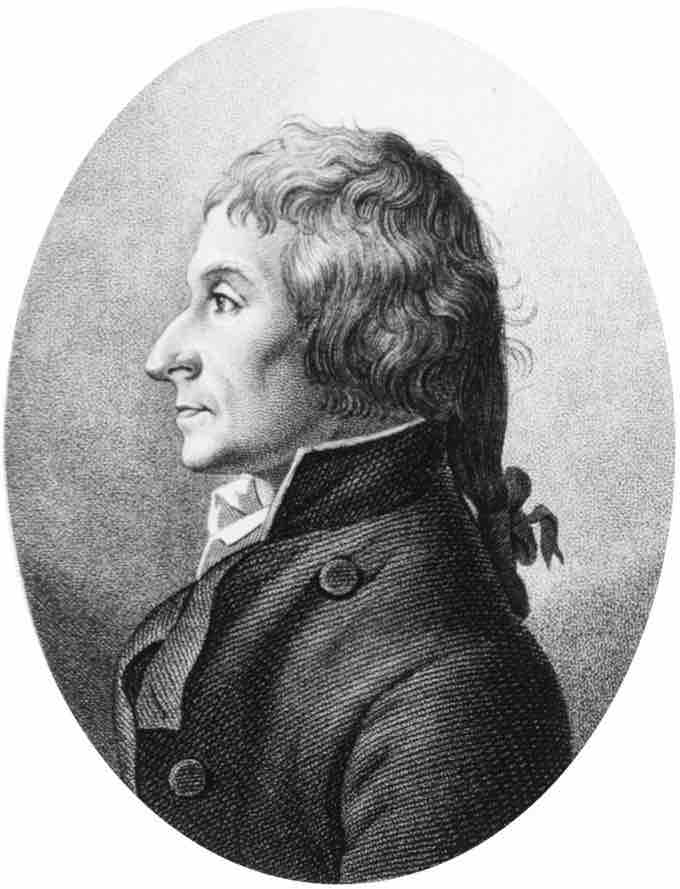History of the Law of Definite Composition or Proportions
French chemist Joseph Proust proposed the law of definite composition or proportions based on his experiments conducted between 1798 and 1804 on the elemental composition of water and copper carbonate.

Joseph Proust
Portrait of Joseph Proust
In 1806, Proust summarized his observations in what is now called Proust's Law. It stated that chemical compounds are formed of constant and defined ratios of elements, as determined by mass. For example, carbon dioxide is composed of one carbon atom and two oxygen atoms. Therefore, by mass, carbon dioxide can be described by the fixed ratio of 12 (mass of carbon):32 (mass of oxygen), or simplified as 3:8.
At the time, Proust's theory was a controversial one and disputed by a number of chemists, most notably another French chemist, Claude Louis Berthollet. Berthollet supported the concept that elements could mix in any ratio. However, the English chemist John Dalton's formulation of atomic theory supported Proust's idea at an atomic level, as Dalton proposed that chemical compounds were composed of set formulations of atoms from different elements. Dalton's law of multiple proportions expanded on the law of definite composition to postulate that, in situations in which elements can combine to form multiple combinations, the ratio of the elements in those compounds can be expressed as small whole numbers.
Applications of the Law of Definite Composition or Proportions
The law of definite composition has applications to both molecular compounds with a fixed composition and ionic compounds as they require certain ratios to achieve electrical neutrality. There are some exceptions to the law of definite composition. These compounds are known as non-stoichometric compounds, and examples include ferrous oxide. In addition, the law of definite composition does not account for isotopic mixtures.